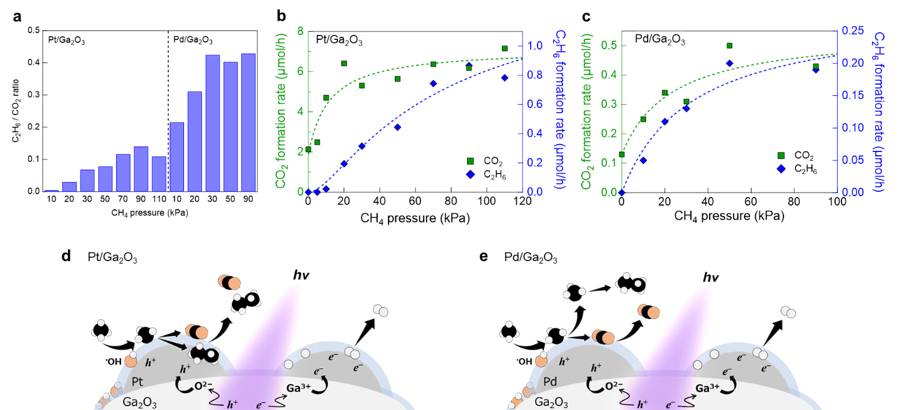2023-07-13 カリフォルニア大学サンタバーバラ校(UCSB)
◆研究結果によれば、MPA内外の生態系は同様に変化し、保護区内の生態系は回復できなかった。将来の海洋生態系の変化に対応するために、MPAのモニタリングと自然に基づく解決策が必要であることが示唆されている。
<関連情報>
- https://www.news.ucsb.edu/2023/021121/multiple-ecosystems-hot-water-after-marine-heatwave-surges-across-pacific
- https://onlinelibrary.wiley.com/doi/10.1111/gcb.16862
海洋保護区ネットワークは、沿岸生態系全体に海洋熱波に対するコミュニティ構造の回復力を付与するものではない A marine protected area network does not confer community structure resilience to a marine heatwave across coastal ecosystems
Joshua G. Smith, Christopher M. Free, Cori Lopazanski, Julien Brun, Clarissa R. Anderson, Mark H. Carr, Joachim Claudet, Jenifer E. Dugan, Jacob G. Eurich, Tessa B. Francis, Scott L. Hamilton, David Mouillot, Peter T. Raimondi, Richard M. Starr, Shelby L. Ziegler, Kerry J. Nickols, Jennifer E. Caselle
Global Change Biology Published: 13 July 2023
DOI:https://doi.org/10.1111/gcb.16862

Abstract
Marine protected areas (MPAs) have gained attention as a conservation tool for enhancing ecosystem resilience to climate change. However, empirical evidence explicitly linking MPAs to enhanced ecological resilience is limited and mixed. To better understand whether MPAs can buffer climate impacts, we tested the resistance and recovery of marine communities to the 2014–2016 Northeast Pacific heatwave in the largest scientifically designed MPA network in the world off the coast of California, United States. The network consists of 124 MPAs (48 no-take state marine reserves, and 76 partial-take or special regulation conservation areas) implemented at different times, with full implementation completed in 2014. We compared fish, benthic invertebrate, and macroalgal community structure inside and outside of 13 no-take MPAs across rocky intertidal, kelp forest, shallow reef, and deep reef nearshore habitats in California’s Central Coast region from 2007 to 2020. We also explored whether MPA features, including age, size, depth, proportion rock, historic fishing pressure, habitat diversity and richness, connectivity, and fish biomass response ratios (proxy for ecological performance), conferred climate resilience for kelp forest and rocky intertidal habitats spanning 28 MPAs across the full network. Ecological communities dramatically shifted due to the marine heatwave across all four nearshore habitats, and MPAs did not facilitate habitat-wide resistance or recovery. Only in protected rocky intertidal habitats did community structure significantly resist marine heatwave impacts. Community shifts were associated with a pronounced decline in the relative proportion of cold water species and an increase in warm water species. MPA features did not explain resistance or recovery to the marine heatwave. Collectively, our findings suggest that MPAs have limited ability to mitigate the impacts of marine heatwaves on community structure. Given that mechanisms of resilience to climate perturbations are complex, there is a clear need to expand assessments of ecosystem-wide consequences resulting from acute climate-driven perturbations, and the potential role of regulatory protection in mitigating community structure changes.



